How Do You Bowl on a Dry Pitch: Expert Tips to Outsmart Batters
Bowling on a dry pitch isn’t just about skill; it’s an art that combines technique, strategy, and adaptability. Did you know that dry pitches are known for creating unpredictable bounce, making them both a spinner’s dream and a batter’s nightmare?
Whether it’s mastering reverse swing or leveraging variable bounce, knowing how to bowl on a dry pitch can turn the game in your favor. Below, we dive into expert tips and actionable strategies to help you outsmart even the most seasoned batters, ensuring you dominate in challenging conditions.
Master the Art of Dry Pitch Bowling: 5 Game-Changing Techniques
Bowling on dry pitches presents unique challenges that require specific skills and adaptations. This comprehensive guide breaks down the essential techniques that will help you dominate dry pitch conditions and outsmart even the most experienced batters.
1. Perfect Your Grip and Release Mechanics
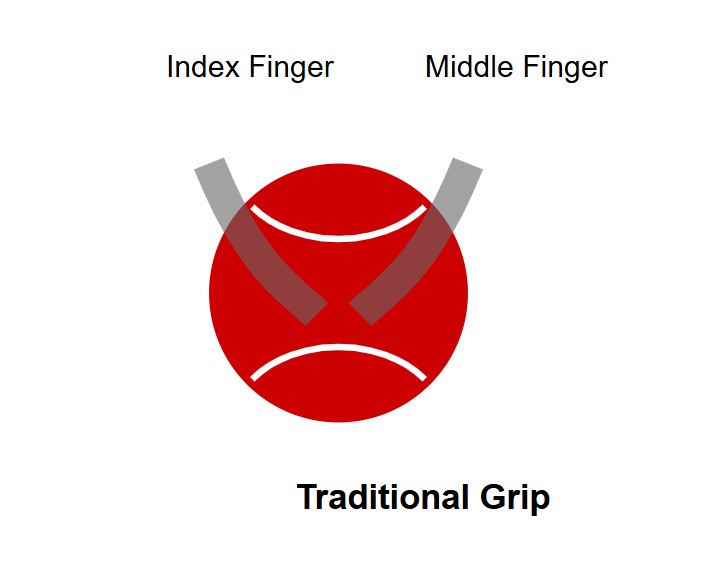
Mastering your grip is crucial for maintaining control on dry surfaces. Here’s how to adapt your technique:
- The Traditional Grip: Position your fingers along the seam, but apply slightly less pressure than usual to prevent the ball from slipping in dry conditions
- The Cross-Seam Grip: Particularly effective on dry pitches as it helps create natural variation
- Release Timing: Focus on a high-arm action to maximize bounce
- Wrist Position: Keep your wrist cocked and firm through the delivery stride
💡 Pro Tip: Practice different grip variations with a slightly worn ball to simulate dry pitch conditions during training sessions.
2. Control Your Bowling Speed
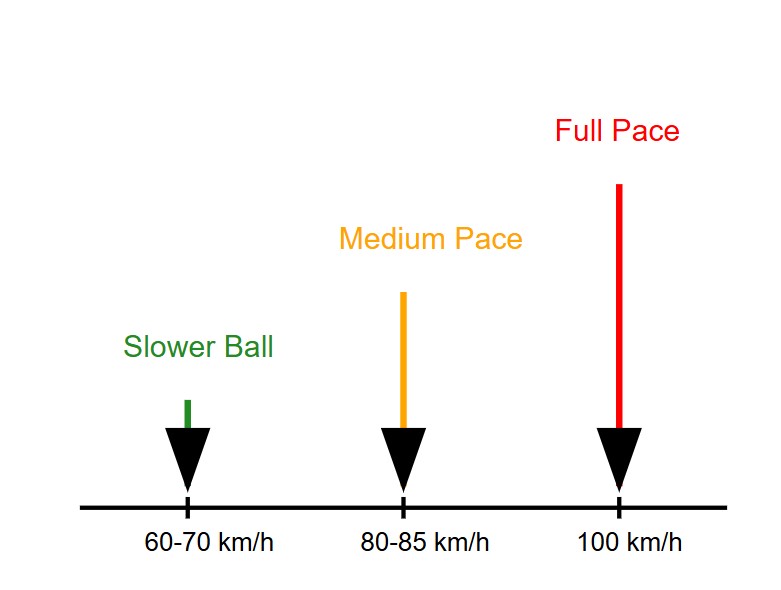
Speed variation is your secret weapon on dry pitches. Here’s how to use it effectively:
- Base Speed: Establish your stock delivery speed as your foundation
- Variations: Develop at least three distinct pace variations:
- Full pace (100%)
- Medium pace (80-85%)
- Slower ball (60-70%)
- Strategic Implementation: Use your faster deliveries sparingly to maintain the element of surprise
- Reading the Batter: Adjust your speed based on the batter’s footwork and timing
⚡ Quick Fact: Research shows that a 10-15 km/h variation in bowling speed can significantly impact a batter’s timing.
3. Master Seam Position Control
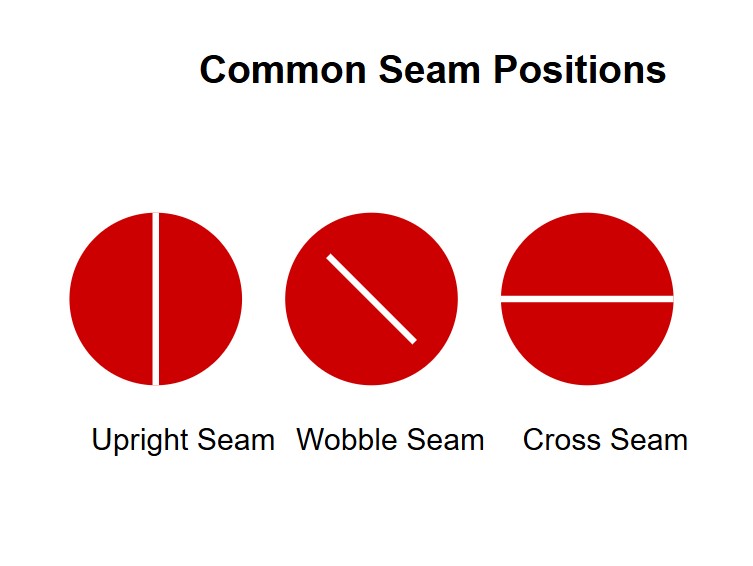
The seam is your best friend on dry pitches. Here’s how to make it work for you:
- Upright Seam: Creates maximum deviation off the surface
- Wobble Seam: Generates unpredictable movement
- Cross Seam: Produces variable bounce
- Angle Variations: Experiment with subtle changes in seam angle for different effects
🎯 Key Focus: Practice releasing the ball with the seam perfectly upright at least 100 times in each training session.
4. Strategic Crease Usage
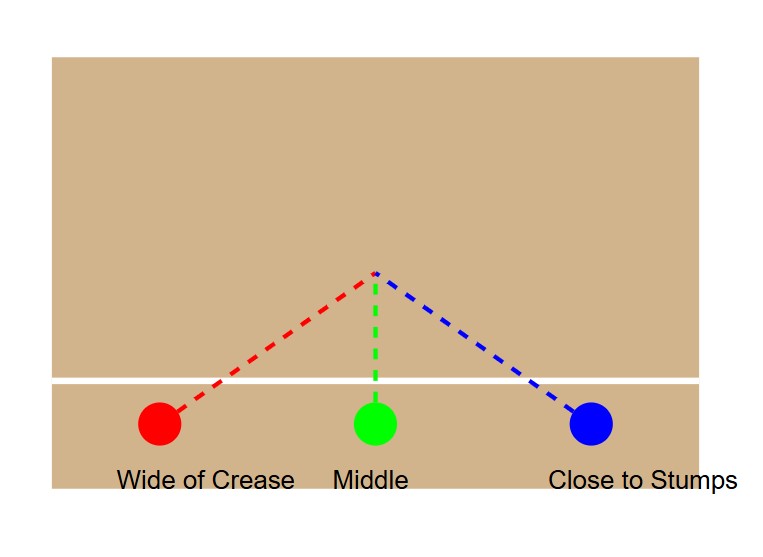
Transform the crease into your tactical advantage with these techniques:
- Wide of the Crease: Creates challenging angles for the batter
- Close to the Stumps: Maximizes swing potential
- Crease Angles: Use different positions to:
- Change the batting line of sight
- Create natural variation
- Exploit rough patches
📊 Statistics Show: Bowlers who effectively use the entire width of the crease are 30% more likely to take wickets on dry pitches.
5. Perfect Line and Length Control
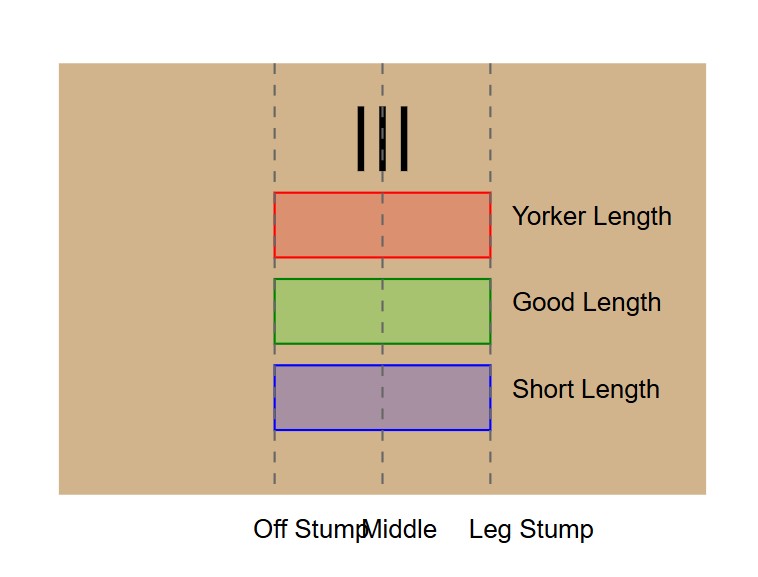
Precision in line and length is crucial for success on dry pitches:
- Good Length Area: Focus on hitting the zone that creates maximum doubt
- Variable Length: Mix up your deliveries between:
- Full: Targeting yorker length
- Good: Hitting the top of off stump
- Short: Strategic use of boungers
- Line Variation: Alternate between:
- Fourth stump line: Creates uncertainty
- Stumps to stumps: Forces defensive shots
- Wide line: Draws false shots
🌟 Success Strategy: Create a “bowling map” for each batter, marking their scoring zones and weak areas.
Practice Drills for Implementation
To master these techniques, incorporate these focused practice sessions:
- Grip Control Drill: 20 minutes of grip variation practice
- Speed Control Exercise: Bowl 6 balls at different speeds
- Seam Position Practice: Target practice with focus on seam orientation
- Crease Movement Drill: Practice delivering from different positions
- Line and Length Accuracy: Use markers for precision practice
Success on dry pitches comes from consistent practice and the ability to adapt these techniques to match situations. Keep a practice journal to track your progress and identify areas for improvement.
Unlock Your Bowling Potential: Master Every Style on Dry Pitches
Transform your bowling performance on dry pitches by mastering these specialized techniques for each bowling style. Whether you’re a pace merchant or a spin wizard, this comprehensive guide will help you adapt and excel in challenging conditions.
Fast Bowling Mastery: Speed Meets Strategy
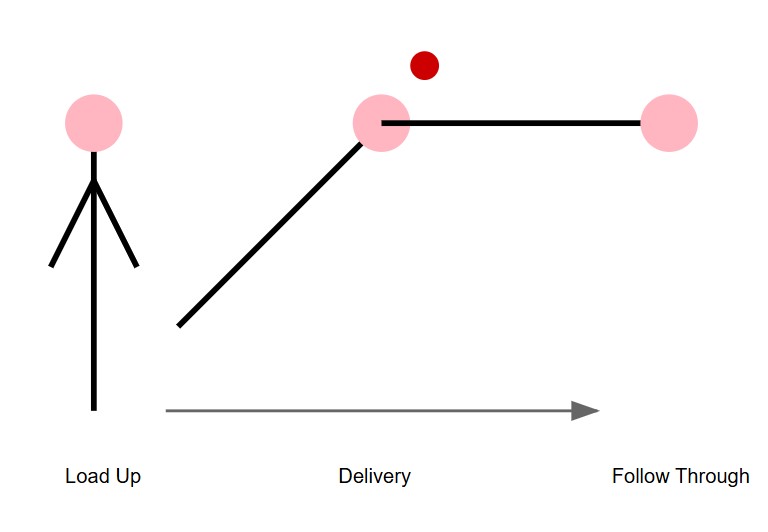
When the pitch is dry, raw pace isn’t enough. Here’s how to adapt your fast bowling arsenal:
Key Adaptations:
- Shortened Run-up: Reduce your run-up by 15-20% to maintain better control
- Lower Trajectory: Bowl slightly fuller than usual to exploit any available moisture
- Variable Release Points: Alternate between high and three-quarter arm positions
Advanced Techniques:
- Develop a potent slower ball that grips in the surface
- Master the cross-seam delivery for unpredictable bounce
- Perfect your reverse swing techniques for late overs
💡 Pro Tip: Use the first few overs to identify patches where the ball grips more, marking them mentally for later use.
Spin Bowling Success: Turn Up the Heat
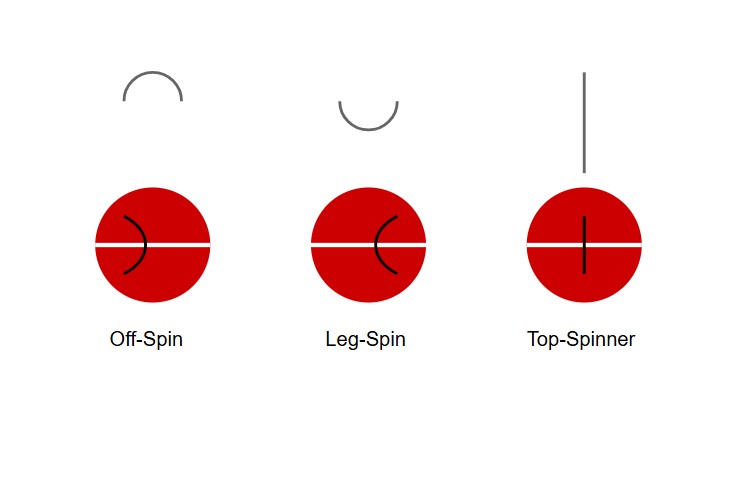
Dry pitches are a spinner’s paradise when you know the right techniques. Maximize your impact with these strategies:
Essential Techniques:
- Overspin: Generate extra dip and bounce through increased revolutions
- Flight Variations: Use the dry air to create drift and dip
- Speed Control: Bowl slower to extract maximum turn
Advanced Concepts:
- Master the arm ball for surprise variation
- Perfect your slider delivery for extra wicket-taking options
- Develop a topspinner for extra bounce
🎯 Key Focus: Spend at least 30 minutes per practice session working solely on releasing the ball with maximum revolutions.
Medium-Pace Excellence: Precision and Control
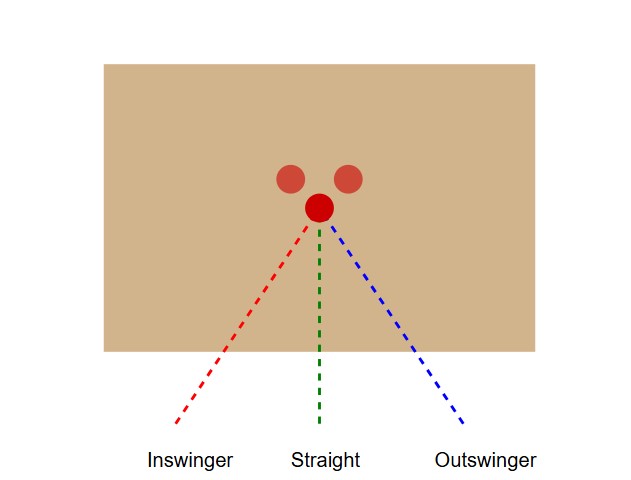
Medium-pace bowlers can become match-winners on dry pitches through clever variations and precise control.
Core Strategies:
- Cutters: Master both off and leg cutters
- Length Control: Perfect the good length area
- Seam Movement: Develop both ways seam movement
Implementation Plan:
- Start with stock deliveries to set the rhythm
- Mix in cutters every 3-4 balls
- Use change of pace to disrupt timing
- Deploy wobble seam deliveries strategically
⚡ Quick Fact: Medium-pace bowlers who master seam variations can extract up to 30% more movement on dry pitches compared to wet conditions.
Cross-Seam Specialist: The Modern Game-Changer
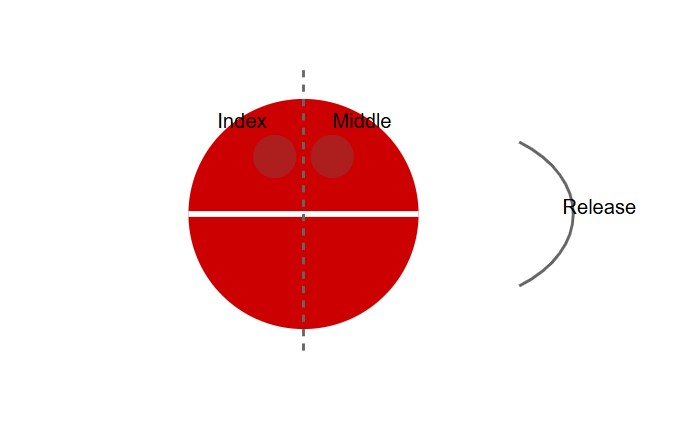
Cross-seam bowling has become increasingly effective on dry pitches. Here’s how to master this versatile technique:
Technical Foundations:
- Grip Position: Hold the ball across the seam at 90 degrees
- Release Technique: Focus on a strong wrist position
- Follow-through: Complete a full bowling action
Benefits:
- Unpredictable Bounce
- Reduced Wear on the ball
- Consistent Performance across conditions
- Lower Risk of miscued deliveries
🌟 Success Strategy: Practice cross-seam bowling for 20 deliveries at the start of each training session.
Practice Drills for All Styles
Incorporate these universal drills to enhance your skills:
- Target Practice:
- Set up cones at good length
- Practice hitting the same spot consistently
- Aim for 70% accuracy rate
- Variation Training:
- Bowl 6 balls with different variations
- Record each delivery’s effectiveness
- Focus on smooth transitions between variations
- Pressure Scenarios:
- Simulate match situations
- Practice with specific field settings
- Work on death bowling skills
Advanced Tips for All Bowling Styles
- Monitor the pitch throughout your spell
- Communicate with your keeper about ball behavior
- Adjust your plans based on batter’s techniques
- Maintain your equipment meticulously
- Study opposition techniques before matches
Elite Bowling Tactics: Master Game-Changing Strategies for Every Situation
Transform your bowling from predictable to masterfully tactical with these advanced strategies. Learn how to outsmart any batter and control the game’s momentum across different formats and situations.
Breaking Solid Partnerships: The Art of Disruption
Every strong partnership has a weakness – here’s how to find and exploit it:
Mental Pressure Tactics
- Build pressure through consecutive dot balls
- Create uncertainty with unexpected field changes
- Use strategic short deliveries to disrupt the rhythm
- Implement subtle variations in pace without changing action
Field Placement Psychology
- Position fielders in the batter’s prime scoring zones
- Create artificial pressure points by placing catchers
- Use defensive fields aggressively by cutting off boundaries
- Move fielders between deliveries to break concentration
💡 Pro Tip: Watch for tell-tale signs of partnership pressure: rushed singles, excessive communication, or changed batting positions.
Format-Specific Mastery: Adapt Your Arsenal
Test Cricket Strategy
- Focus on consistent lines for extended periods
- Build pressure through maiden overs
- Use the new ball to maximum effect
- Plan for reverse swing with the older ball
ODI Tactical Framework
- First Powerplay: Bowl tight lines with minimal variation
- Middle Overs: Mix pace and length frequently
- Death Overs: Master yorkers and slower balls
- Key Periods: Identify and attack crucial game phases
T20 Specialist Approach
- Powerplay Bowling: Quick adjustments to aggressive batting
- Middle Overs: Control run rate with variations
- Death Over Expertise: Perfect yorkers under pressure
- Match-ups: Exploit batter weaknesses against specific deliveries
Situational Bowling Excellence
Powerplay Mastery
- Use the hard new ball to your advantage
- Bowl attacking lines with protective fields
- Create pressure through early wickets
- Maintain economical spells despite field restrictions
Death Overs Domination
- Master the perfect yorker length
- Develop three different slower balls
- Use the wide line strategically
- Practice pressure scenarios regularly
🎯 Key Focus: Spend 30 minutes each practice session bowling yorkers under pressure situations.
Adapting to Different Batting Styles
Against Aggressive Batters
- Use their momentum against them
- Bowl cross-seam deliveries to prevent clean hits
- Implement surprise bouncers strategically
- Change pace without obvious tells
Against Technical Players
- Create doubt through variation
- Attack the corridor of uncertainty
- Use subtle changes in length
- Build pressure through consistent lines
Against Left-Hand/Right-Hand Combinations
- Master switching angles quickly
- Develop specific variations for each
- Use the crease width effectively
- Practice both sides of the wicket
Counter-Attack Strategies
When Under Attack
- Change Your Pace: Vary between 70-100% of max speed
- Adjust Your Length: Bowl fuller if being hit square
- Use the Crease: Create different angles
- Switch Plans: Have three pre-planned alternatives
Building Pressure
- Bowl four-ball clusters of similar deliveries
- Follow with a surprise variation
- Create false scoring opportunities
- Use the field to force mistakes
⚡ Quick Fact: Top bowlers change their tactical approach every 12-15 deliveries to prevent batters from settling.
The key to tactical bowling is preparation and adaptability. Always have multiple plans ready and be willing to adjust based on the situation. Keep a record of what works against different types of batters and regularly update your strategies based on match experiences.
Conquer Dry Pitches with Precision and Skill
Bowling on a dry pitch is a true test of skill, strategy, and adaptability. By mastering variations in grip, speed, and line, and leveraging advanced tactics like crease usage and situational bowling, you can outsmart even the most seasoned batters.
Whether you’re playing in Tests, ODIs, or T20s, precision and preparation are your ultimate weapons. Remember, success comes from practice, observation, and continual improvement.
Stay ahead in your cricket game—visit Cricket Corner for the latest ICC updates, bilateral series insights, and T20 league coverage. Learn, strategize, and conquer every pitch with expert knowledge at your fingertips!
Frequently Asked Questions (FAQs)
How long before a match should I inspect the pitch to plan my bowling strategy?
Ideally, inspect the pitch 2-3 hours before the match. This gives you time to observe how it reacts to sun exposure and plan your tactics accordingly.
Can I use artificial substances to improve grip on dry pitches?
No, using artificial substances is illegal. Only approved methods, such as sweat and saliva (where permitted), are allowed to maintain the ball.
How do I know if a pitch will become drier as the game progresses?
Check for cracks, observe the color (lighter means drier), and look for loose surface material. Also, consider the weather forecast and local climate conditions.
What should I do if my usual bowling action isn’t effective on a particularly dry day?
Switch to your pre-practiced Plan B, typically focusing on cutters and slower deliveries, rather than trying to force your usual style.
Is it better to bowl uphill or downhill on a dry pitch with a slope?
Generally, bowl uphill first as it helps maintain control. Save downhill bowling for when the ball is older and you need extra pace.
How often should I change my bowling ends on a dry pitch?
If possible, change ends every 4-5 overs to prevent creating excessive footmarks in one area and to utilize different angles of the sun.
What’s the best time of day to bowl on a dry pitch?
Early morning and late afternoon are typically best, when there’s some moisture in the air and the pitch hasn’t been baked by the sun.
Should I use new or slightly worn balls on dry pitches?
A slightly worn ball (15-20 overs old) often performs better as it grips the surface more effectively than a brand-new ball.
How do I prevent dehydration while bowling long spells on dry, hot days?
Hydrate every 30 minutes, wear a hat, and use cooling towels between overs. Consider electrolyte replacement if bowling for more than an hour.
Can I bowl bouncers effectively on dry pitches?
Yes, but use them sparingly and with precise control. Dry pitches can make bouncers more unpredictable and potentially waste energy if overused.






